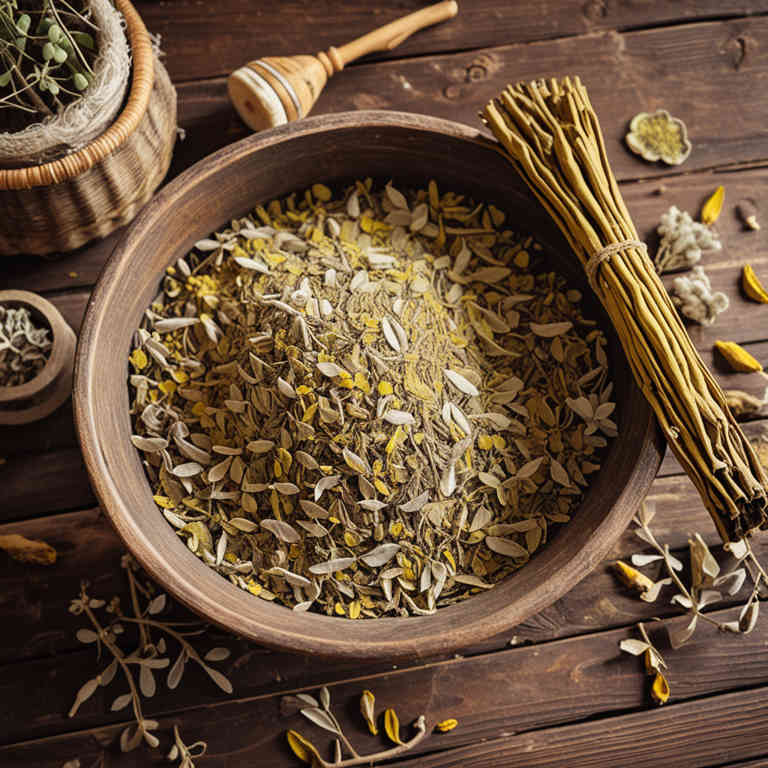Cassia auriculata bath for medicinal use

Cassia auriculata bath is a traditional herbal preparation made by infusing the leaves of the Cassia auriculata plant in water.
This plant, also known as the golden shower tree, is commonly used in Ayurvedic and traditional medicine for its therapeutic properties. The bath is typically used to soothe skin conditions, reduce inflammation, and promote relaxation. It is believed to have antimicrobial and anti-inflammatory effects that benefit the skin and overall well-being.
This preparation is often recommended for its calming and healing properties in herbal practices.
Uses
Cassia auriculata bath has been used to promote skin health and relieve various ailments through its natural therapeutic properties.
Historically, it has been employed in traditional Indian medicine, Ayurveda, and other indigenous systems for its anti-inflammatory and antiseptic benefits. In traditional practices, it was used to treat skin infections, eczema, and as a remedy for fever and digestive issues. Modern applications include its use in aromatherapy and as a natural remedy for skin conditions due to its high content of flavonoids and tannins.
Today, it is also appreciated for its calming effects and is sometimes used in spa treatments for relaxation and stress relief.
Benefits
Cassia auriculata bath has health benefits such as reducing inflammation, promoting skin health, and providing a calming effect.
This herbal preparation is known for its antibacterial and antifungal properties, which can help treat skin infections and irritations. The bath also aids in detoxifying the body and improving circulation due to the presence of tannins and flavonoids. It is commonly used in traditional medicine to soothe muscle pain and reduce stress.
Additionally, the soothing aroma of Cassia auriculata can enhance relaxation and improve overall well-being.
Constituents
Cassia auriculata bath active constituents include compounds such as tannins, flavonoids, alkaloids, and saponins.
These components contribute to the bath's therapeutic properties by providing anti-inflammatory, antimicrobial, and antioxidant effects. The tannins help in reducing skin irritation and promoting healing, while flavonoids support skin health and reduce oxidative stress. Alkaloids may have mild sedative and pain-relieving properties, and saponins can enhance the skin’s natural defenses.
This herbal preparation is often used for its soothing and rejuvenating benefits in traditional medicine practices.
Preparation
To make Cassia auriculata bath, gather 15-20 fresh leaves of Cassia auriculata, wash them thoroughly, and boil them in 4 liters of water until the volume reduces to about 2 liters.
Strain the liquid to remove the leaves, and add it to a warm bath. Soak in the bath for 15-20 minutes, allowing the skin to absorb the beneficial compounds. This bath is known for its soothing properties and can help with skin ailments and relaxation.
It is recommended to use this preparation 2-3 times a week for optimal results.
Side Effects
Cassia auriculata bath may lead to skin irritation or allergic reactions in some individuals due to the presence of certain compounds in the plant.
It is traditionally used for its antiseptic and anti-inflammatory properties, which can help soothe skin conditions such as eczema or psoriasis. However, prolonged use or high concentrations may cause dryness, redness, or even chemical burns. Individuals with sensitive skin or existing skin disorders should exercise caution and consult a healthcare professional before using this preparation.
Possible side effects may also include gastrointestinal discomfort if the plant is ingested, though this is not typically a concern with topical use.